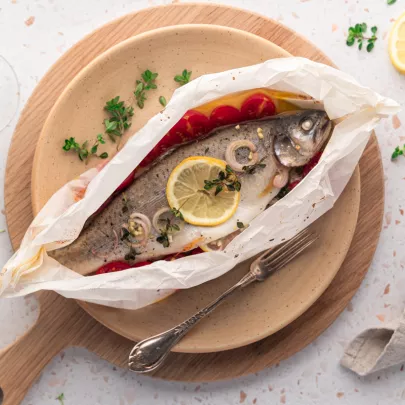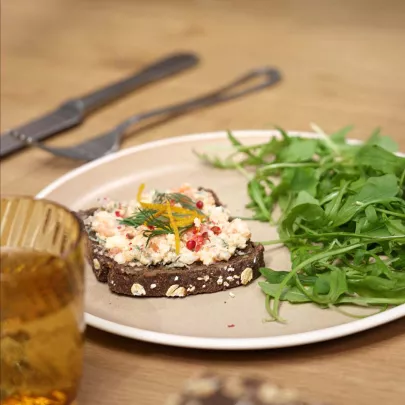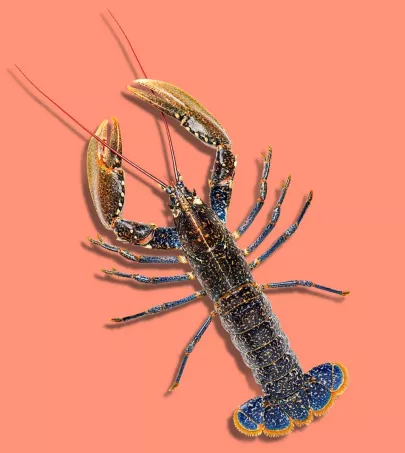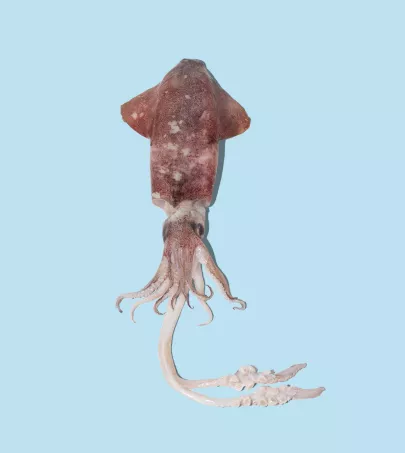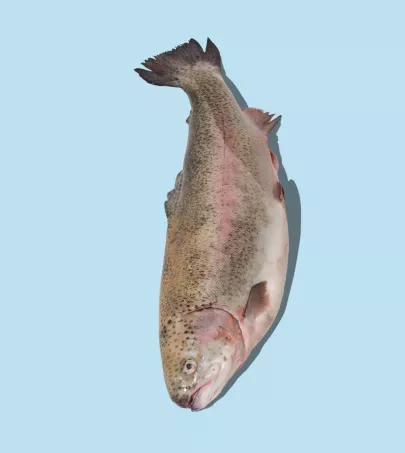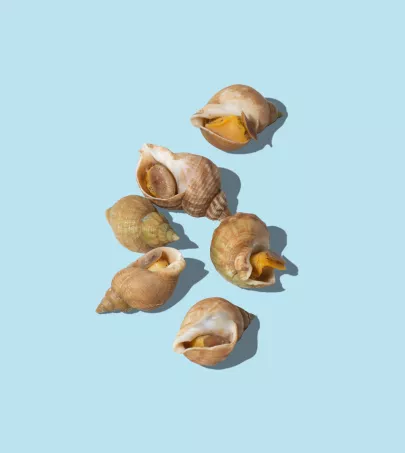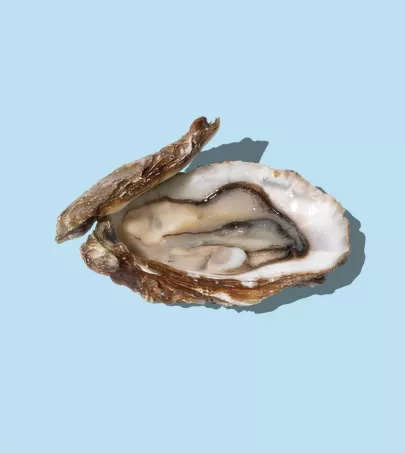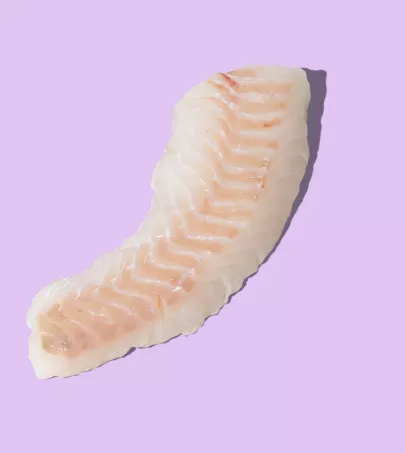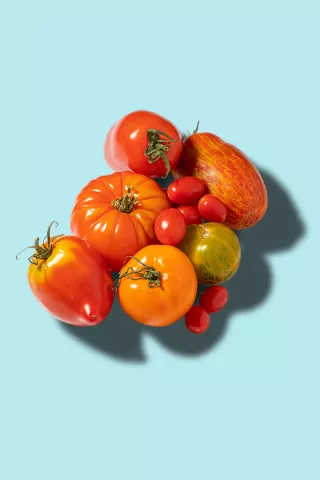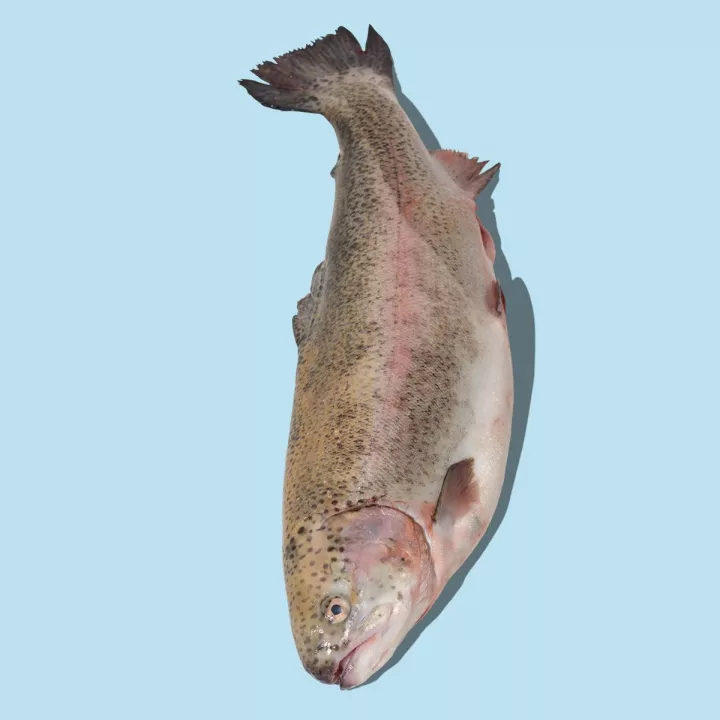
Trout is very popular in France. It is the star of aquaculture, especially the organic variety. Trout farming is extremely well regulated in order to guarantee quality and responsible practices.
What you need to know
Trout is a carnivorous, freshwater fish from the salmon family. All trout sold in France is now farmed, as wild trout is protected and sale of it is banned. France is one of the top producers of farmed trout in Europe and is the leading European producer of "AB"- certified (organic) trout. Trout is the number one farmed fish in France. There are two main varieties on the market: rainbow trout (Oncorhynchus mykiss) and brown trout (Salmo trutta fario). France's Interprofessional Committee for Aquaculture Products (CIPA) brings together consumers, all the parties in the supply chain (farmers, manufacturers, distributors) and the WWF to guarantee the quality and sustainability of French farmed trout.
The trout is believed to have existed in Europe since the retreat of the glaciers 10 to 120,000 years ago. For a long time, it was the most commonly eaten fish on the continent. In 1866, two fishermen from Vosges invented a way to breed trout in captivity, as it was becoming a victim of its own success and starting to become scarce. But it was in Denmark in the 19th century that trout farming began to take place on a large scale. The rainbow trout, which is native to North America, was introduced to Europe as it was more suitable for farming. It became easily the most common trout in France (96% of production), ahead of the native brown variety. Around 1960, aquaculture took off around the world, with the invention of pellets to feed the fish (rather than fish remains) and better management of the breeding cycles.
Characteristics
Look
Taste
Nutritional benefits
Considered a semi-oily fish, trout is rich in complete proteins and is an excellent source of omega-3, vitamins B6 and B12, phosphorus and selenium.
Editor's note
How to use
Preparing and serving French Trout
Trout is less oily than salmon and can be eaten in lots of ways. It is sold whole, ready to cook, or in portions. It can be eaten raw in a ceviche or a tartare. It can also be pan-fried, poached, grilled, oven-baked or cooked on the barbecue. Smoked versions are also available as an alternative to salmon. Its roe, which are smaller than those of salmon, are also sold.
Pair with
Garlic, paprika, almond, dill
To drink: Alsace Riesling AOC, Chablis AOC, a white Chassagne-Montrachet AOC

